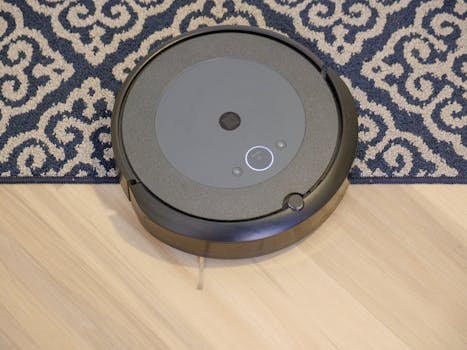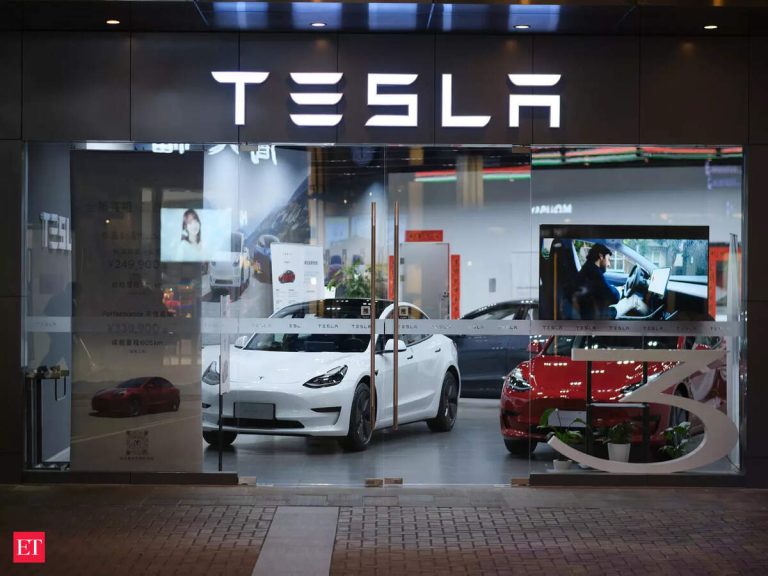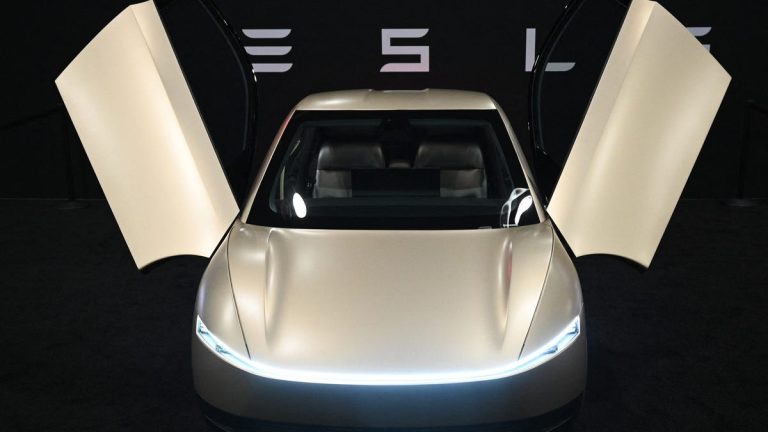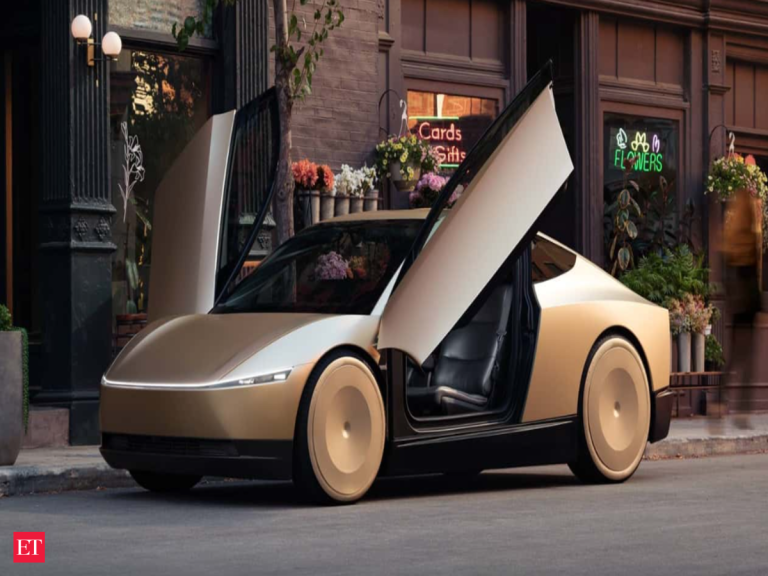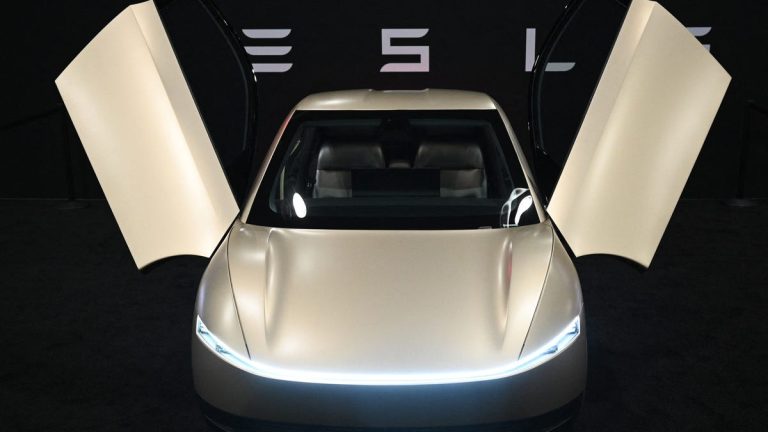
Smart Homes 2025: The Rise of AI-Driven Devices
Smart Homes 2025: The Rise of AI-Driven Devices is transforming the way we live and interact with our living spaces. With the integration of artificial intelligence (AI) and machine learning (ML) technologies, smart homes are becoming more intuitive, efficient, and sustainable.
Introduction to Smart Homes

A smart home is a dwelling that incorporates advanced technologies, such as sensors, actuators, and controllers, to provide occupants with a high level of comfort, convenience, and energy efficiency. Smart homes can be controlled and monitored remotely using smartphones, tablets, or voice assistants, making it easy to manage various aspects of the home, including lighting, temperature, security, and entertainment systems.
The Rise of AI-Driven Devices
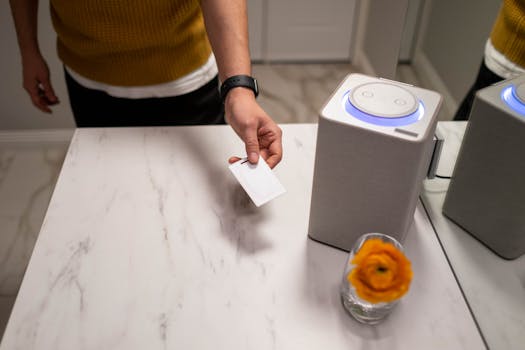
The integration of AI and ML technologies has taken smart homes to the next level. AI-driven devices can learn occupants’ preferences and behaviors, adapting to their needs and providing personalized experiences. For example, AI-powered thermostats can adjust the temperature based on occupants’ schedules and preferences, while AI-driven lighting systems can adjust the brightness and color based on the time of day and occupants’ activities.
Benefits of Smart Homes with AI-Driven Devices

The benefits of smart homes with AI-driven devices are numerous. They include:
- Enhanced comfort and convenience: Smart homes with AI-driven devices can learn occupants’ preferences and adapt to their needs, providing a high level of comfort and convenience.
- Energy efficiency: AI-driven devices can optimize energy consumption, reducing waste and saving occupants money on their utility bills.
- Improved safety and security: Smart homes with AI-driven devices can detect potential security threats and alert occupants or authorities, providing an added layer of protection.
- Increased property value: Smart homes with AI-driven devices can increase property value, making them more attractive to potential buyers or renters.
Examples of AI-Driven Devices for Smart Homes

Some examples of AI-driven devices for smart homes include:
- Amazon Echo and Google Home: These voice assistants can control various smart devices, provide information, and entertain occupants.
- August Smart Lock: This smart lock can learn occupants’ schedules and preferences, providing secure and convenient access to the home.
- Nest Thermostat: This AI-powered thermostat can adjust the temperature based on occupants’ schedules and preferences, optimizing energy consumption and saving occupants money.
- Phillips Hue: This smart lighting system can adjust the brightness and color based on the time of day and occupants’ activities, providing a personalized and energy-efficient lighting experience.
Conclusion
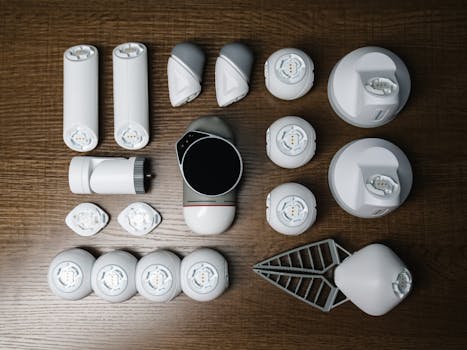
In conclusion, Smart Homes 2025: The Rise of AI-Driven Devices is revolutionizing the way we live and interact with our living spaces. With the integration of AI and ML technologies, smart homes are becoming more intuitive, efficient, and sustainable. As the demand for smart homes continues to grow, we can expect to see more innovative AI-driven devices that provide occupants with a high level of comfort, convenience, and energy efficiency.

